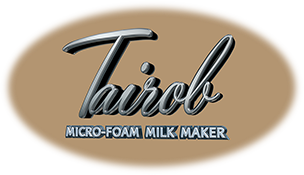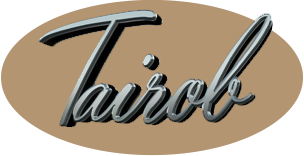A coffee is not just a beverage; it is more complicated than that.
As the following text establishes, a coffee according to the present blog, is an espresso or a cappuccino\latte (which contains milk).
Espresso – let us consider a few issues in the coffee bar:
- Roasting the coffee grains to a greater than medium extent grants them a longer shelf life but may result a burnt taste.
- Coffee beans change with humidity and age while grinder’s blades change with wear over time. A barista should adjust his grinder regularly; not doing so will cause the espresso shots to gradually move away from the desired state.
- The grind size should be fine but not too fine or powdery.
- Ground coffee beans expire at a fast rate and tend to lose the fragrance rapidly. So the sooner you use coffee after grinding it, the more of the original intended flavors and aromas there will be in your cup.
- Some busy baristas operate their grinders for many minutes until their reservoirs are full of ground coffee. The high friction, accompanied by the high temperature between the cutting blade and the coffee, damages the coffee, thus “burning” the coffee grounds. Under the circumstances, you cannot expect to get a delicious coffee…
- Coffee is brewed by forcing a small amount of nearly boiling water through the ground coffee beansunder pressure; Brewing for fewer than 20 seconds per espresso shot results in an under-extracted espresso, which lacks in flavor, and thick crema on top.
Hence, going to above examples, the taste of espresso depends first and foremost on the quality of the coffee grains and then on the roasting level. Henceforth, the quality of espresso depends on the barista’s skills and on his\her performance with the coffee machine in the coffee bar.
Preparing espresso at home with reduced- size bar equipment is a failed effort due to the skills required and the maintenance involved. Automatic machines based on the same technology also fail because of the low quality of the coffee they produced, their low output capacity (related to commercial requirements) and their expensive prices.
Hence, the need for automation in the home coffee industry encouraged the introduction and development of fully automated capsule machines…
Milk for cappuccino or latte in the coffee bar:
- Producing high quality milk froth using a machine’s steamer requires training and a lot of experience.
- Frothing the milk again or adding new milk to already frothed milk that remained in the pitcher from previous round ruins its quality. This results in a “colored” poor coffee drink.
- Over-heating the frothed milk produces a hot coffee, but one without the expected foam, taste and aroma…
- Moreover, milk is sticky; so the coffee machine’s pipes should be maintenance frequently.
In short, to serve delicious coffee, a barista should have professional skills.
Coffee lovers using small, compact, coffee bar machines at home used to get frustrated when operating their home coffee machines steamer. Almost ten years ago, many independent milk-foaming appliances (manual and electrical) were introduced into the home market. Their performance was limited, the action of the appliances cannot be replicated consistently, and the coffee produced was not usually very tasty…
Many are happy with the new generation of fully automatic (espresso and milk) capsule machines; but what are they actually drinking? Is it really natural coffee? How much sugar\sweeteners or other materials does some milk capsule contain?
The MFMM introduces full automation producing the uniformly dense sweet micro-foam milk (naturally sourced cow or goat’s milk or soy milk) according to the customer’s preference.
Please see the previous blog entry for more about capsule coffee machines.



